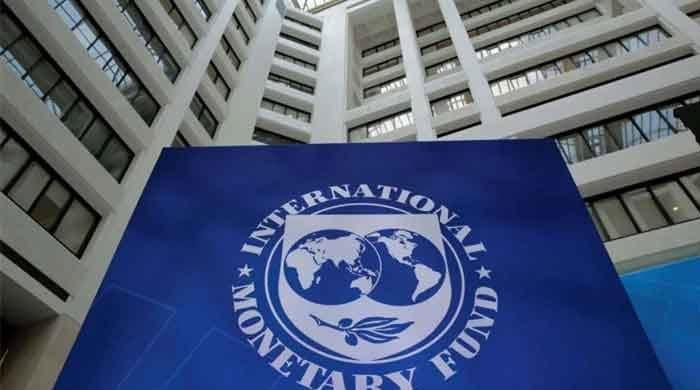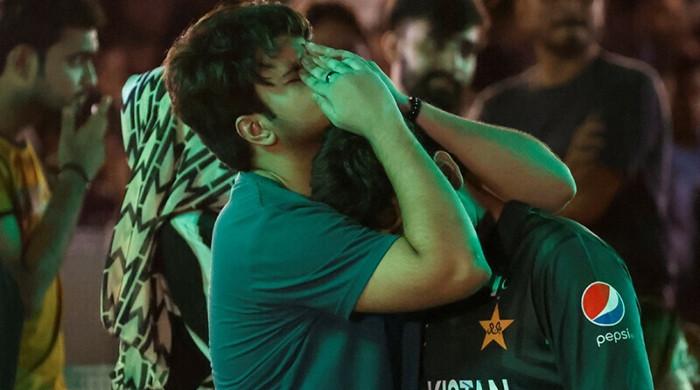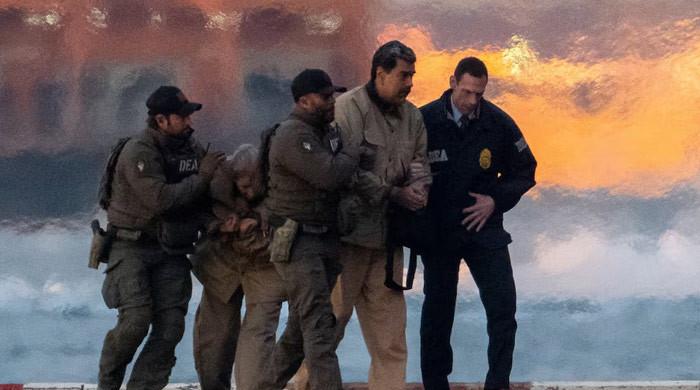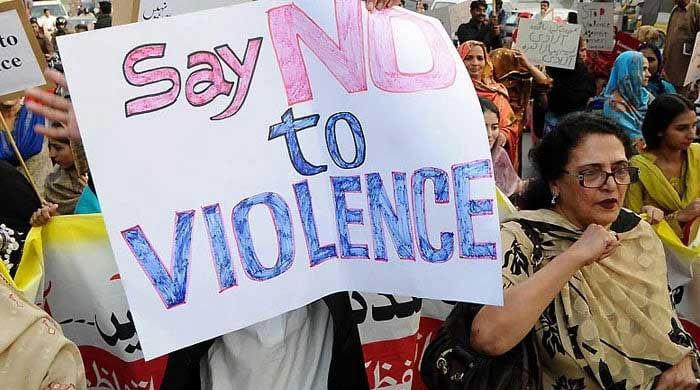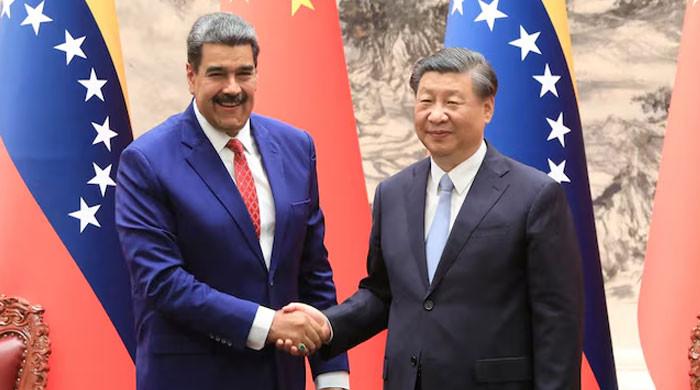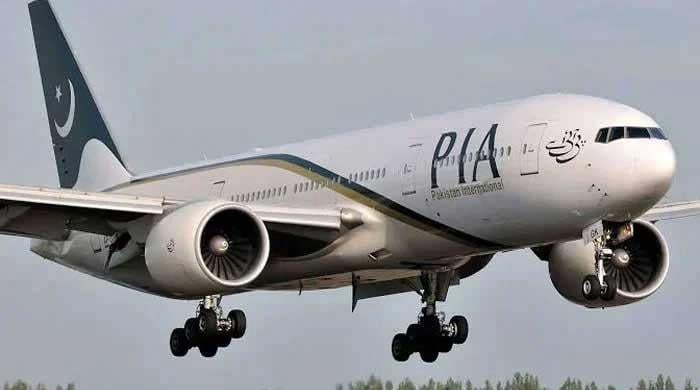The Taliban – deadlier and more destructive than ever
Kabul government forces have been receiving blow after blow and battles are escalating across Afghanistan
August 11, 2021

The Taliban have proved to be a formidable foe to the Kabul government. They have excelled at ambushes, perfected their targeted attacks, and mastered the art of eliminating the slightest opposition. Be it comedians who put smiles on people’s faces, singers who spread their melodies, or TV anchors and journalists who keep the Afghan nation – and the world – informed, all are reported to be under an onslaught.
There were reports that on August 7, the Taliban captured a prison in the northern Afghan province of Jawzjan and freed all prisoners. The released prisoners add to the number of the Taliban fighters.
When former US president Donald Trump negotiated a deal with the Afghan Taliban, the US forced the Kabul government to release thousands of Taliban who were in prisons. That was the deal which the Kabul government was reluctant to comply with. It didn’t have a say in the agreement as the deal signed in February, 2020 excluded the Ghani Administration.
By the end of the first week of this month, hundreds of inmates left jails in Sheberghan after the insurgents occupied the city. This was the second regional capital that fell to the militants.
The Kabul government forces have been receiving blow after blow and battles are escalating across Afghanistan. The fall of Sheberghan has a symbolic value too, as it was a stronghold of the former Afghan vice-president and warlord, Abdul Rashid Dostum. Sixty-seven-year-old Dostum is the founder of Junbish-e-Milli – a militant and political outfit with its base in northern Afghanistan.
This area is mostly Uzbek; the fact that the Taliban are over 90 percent Pashtun makes it an ethnic fight too. Uzbeks in Afghanistan acted as allies of the US Special forces and the CIA during the campaign to topple the Taliban government in 2001 and afterwards. The takeover of Jawzjan by the Taliban is a watershed moment at least for this region, if not for the whole of Afghanistan. Even during the Soviet occupation, the areas surrounding Jawzjan remained a stronghold of the Kabul government against the Mujahideen.
Interestingly, when the Najibullah government was about to collapse in the early 1990s, after the Russian government withdrew its support to the Kabul government, Dostum – and with him Jawzjan and its peripheries – sided with the Mujahideen against whom they had been fighting for over a decade. That was the time when Dostum formed his independent paramilitary group and named it Junbish-e-Milli.
Another important warlord in the northeast of Afghanistan was Ahmed Shah Masoud, again a non-Pashtun. Nearly the same age as Dostum, Massoud was a Tajik politician and military commander.
After the Taliban takeover of Kabul in 1996, while Dostum with his Uzbek followers opposed the Taliban, Massoud did the same and led his Tajik followers to resist the Taliban who Dostum and Massoud considered as Pakistan’s proteges. Some suicide bombers assassinated Massoud in his stronghold on Sept 9, 2001, just two days before the 9/11 attacks took place in the US.
Another prominent non-Pashtun leader of Afghanistan was Burhan Uddin Rabbani. A Tajik Islamist, Rabbani was more than a decade older than Dostum and Massoud. He served as president of Afghanistan from 1992 till the Taliban occupation of Kabul in 1996.
In exile, Rabbani remained an internationally recognised president of Afghanistan till 2001. He was originally from Badakhshan in northern Afghanistan. His Jamiat-e-Islami in Kabul had attracted students such as Hekmatyar – a Pashtun, and Massoud, a Tajik; both parted ways from Rabbani and formed their own militant groups. Rabbani was assassinated in a suicide bombing in 2011, exactly 10 years after Massoud met his end.
So, now two of the three anti-Taliban leaders are no more and only Dostum survives but he appears to be in no position to lead a renewed fight against the Taliban.
If you look at the political landscape of northern Afghanistan, the situation is quite different from what it was twenty years ago. At the turn of the century, the Taliban controlled 90 percent of the entire Afghan territory and just 10 percent was under the control of the Northern Alliance.
Still, the three leaders Dostum, Massoud and Rabbani commanded the respect and support of the mostly non-Pashtun population across Afghanistan. They were under Taliban control but longed for change; the three leaders though were helpless.
Only Russia could help them, but it was in no mood to do so after its bitter experiences of the 1980s when the Soviet Union was in command but failed. Now, northern Afghanistan appears to be leaderless, and apart from individuals who might decide to fight against the Taliban, there is no organized force. Before the recent capture of Sheberghan, local media reported that just 150 people travelled to the city to help Afghan forces; the Taliban took control of the governor’s compound after some intense fighting. In the process, thousands of civilians had to flee their homes.
Another mostly non-Pashtun area which came under Taliban control in the first week of August is Zaranj city of Nimroz province in southwest Afghanistan. Zaranj was the first capital to fall to the Taliban on August 5. This area borders Irani Balochistan and there are speculations about Iran settling old scores with the US.
Then there are areas such as Herat in the west and the southern cities of Kandahar and Lashkar Gah which are likely to fall soon.
Even Kabul has come under renewed pressure as the Taliban shot dead Ashraf Ghani’s former spokesman and carried out a bomb attack on the house of the acting defence minister. The Afghan military is admitting its losses but also claiming that it has killed dozens of fighters in the battle for Lashkar Gah. As the Taliban take swathes of countryside in Afghanistan, nearly all major cities are clearly the next target.
The world realizes that the Taliban are a deadlier and more destructive force now than they were any time in the past 20 years. But there is an eerie silence at the Taliban atrocities. Perhaps the world is waiting for another Taliban capture of Kabul before the major powers decide to do something about it.
At least one point is as evident, as it was earlier, and that is about the barbaric retribution the Taliban are prone to inflict on their opponents. As thousands of civilians are losing their lives, millions will end up as displaced people or refugees. A major catastrophe is in the offing and its ripples will reach Pakistan soon.
There is a need to comprehend the trap we are about to fall in. Unfortunately, triumphal jubilation by some in Pakistan threatens to drown out the voices of sanity. Just like it happened in the 1980s. Myriad extremist groups are likely to benefit from the Taliban takeover in Afghanistan and the prognosis for Pakistan is not good.
One can only wish that we stop repeating old mistakes that landed us in trouble earlier and due to which we ended up losing at least 70 thousand of our citizens.
The writer holds a PhD from the University of Birmingham, UK and works in Islamabad. He can be reached on [email protected].
This article originally appeared in the August 11, 2021 edition of daily The News. It can be accessed here.




